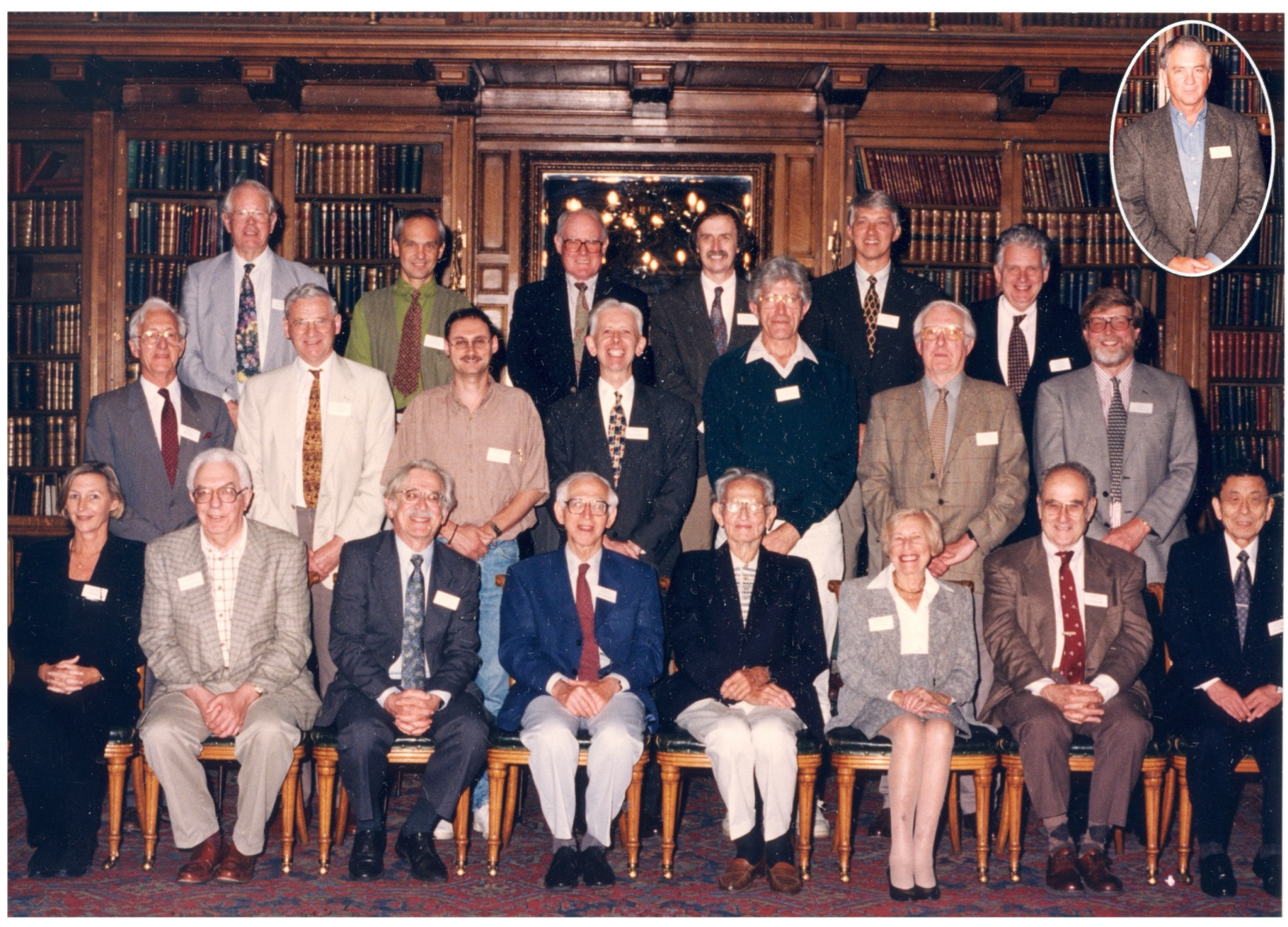Tobamoviruses: Molecular Aspects and Resistance Regulation—A Special Issue Commemorating 125 Years of Research on Tobamoviruses
1. Introduction
2. Plant Immunity Against Tobamoviruses
3. Obtaining the Tobamovirus Particle—Why and How? Purification Routes over Time and a New Customizable Approach
4. Engineered Resistance to Tobamoviruses
5. The Forgotten Tobamovirus Genes Encoding the 54 kDa Protein and the 4–6 kDa Proteins
6. Tobacco Mosaic Virus Movement: From Capsid Disassembly to Transport Through Plasmodesmata
7. Perspective
Funding
Conflicts of Interest
References
- Harrison, B.D.; Wilson, T.M.A. Preface to tobacco mosaic virus: Pioneering research for a century. A meeting held on 7 and 8 August 1998 by the Royal Society of Edinburgh in association with the Royal Society of London. Phil. Trans. R. Soc. Lond. B 1999, 354, 519. [Google Scholar] [CrossRef] [PubMed]
- Harrison, B.D.; Wilson, T.M.A. Milestones in research on tobacco mosaic virus. Philos. Trans. R. Soc. B 1999, 354, 521–529. [Google Scholar] [CrossRef]
- Klug, A. The tobacco mosaic virus particle: Structure and assembly. Phil. Trans. R. Soc. Lond. B 1999, 354, 531–535. [Google Scholar] [CrossRef]
- Butler, P.J.G. Self-assembly of tobacco mosaic virus: The role of an intermediate aggregate in generating both specificity and speed. Phil. Trans. R. Soc. Lond. B 1999, 354, 537–550. [Google Scholar] [CrossRef] [PubMed]
- Stubbs, G. Tobacco mosaic virus particle structure and the initiation of disassembly. Phil. Trans. R. Soc. Lond. B 1999, 354, 551–557. [Google Scholar] [CrossRef] [PubMed]
- Van Regenmortel, M.H.V. The antigenicity of tobacco mosaic virus. Phil. Trans. R. Soc. Lond. B 1999, 354, 559–568. [Google Scholar] [CrossRef]
- Okada, Y. Historical overview of research on the tobacco mosaic virus genome: Genome organization, infectivity and gene manipulation. Phil. Trans. R. Soc. Lond. B 1999, 354, 569–582. [Google Scholar] [CrossRef] [PubMed]
- Fraenkel-Conrat, H.; Singer, B. Virus reconstitution and the proof of the existence of genomic RNA. Phil. Trans. R. Soc. Lond. B 1999, 354, 583–586. [Google Scholar] [CrossRef] [PubMed][Green Version]
- Zaitlin, M. Elucidation of the genome organization of tobacco mosaic virus. Phil. Trans. R. Soc. Lond. B 1999, 354, 587–591. [Google Scholar] [CrossRef][Green Version]
- Gibbs, A. Evolution and origins of tobamoviruses. Phil. Trans. R. Soc. Lond. B 1999, 354, 593–602. [Google Scholar] [CrossRef]
- Shaw, J.G. Tobacco mosaic virus and the study of early events in virus infections. Phil. Trans. R. Soc. Lond. B 1999, 354, 603–611. [Google Scholar] [CrossRef][Green Version]
- Buck, K.W. Replication of tobacco mosaic virus RNA. Phil. Trans. R. Soc. Lond. B 1999, 354, 613–627. [Google Scholar] [CrossRef]
- Atabekov, J.G.; Malyshenko, S.I.; Morozov, S.Y.; Taliansky, M.E.; Solovyev, A.G.; Agranovsky, A.A.; Shapka, N.A. Identification and study of tobacco mosaic virus movement function by complementation tests. Phil. Trans. R. Soc. Lond. B 1999, 354, 629–635. [Google Scholar] [CrossRef]
- Citovsky, V. Tobacco mosaic virus: A pioneer to cell-to-cell movement. Phil. Trans. R. Soc. Lond. B 1999, 354, 637–643. [Google Scholar] [CrossRef] [PubMed][Green Version]
- Dawson, W.O. Tobacco mosaic virus and avirulence. Phil. Trans. R. Soc. Lond. B 1999, 354, 645–651. [Google Scholar] [CrossRef] [PubMed][Green Version]
- Erickson, F.L.; Dinesh-Kumar, S.P.; Holzberg, S.; Ustach, C.V.; Dutton, M.; Handley, V.; Corr, C.; Baker, B.J. Interactions between tobacco mosaic virus and the tobacco N gene. Phil. Trans. R. Soc. Lond. B 1999, 354, 653–658. [Google Scholar] [CrossRef] [PubMed]
- Beachy, R.N. Coat-protein-mediated resistance to tobacco mosaic virus: Discovery mechanisms and exploitations. Phil. Trans. R. Soc. Lond. B 1999, 354, 659–664. [Google Scholar] [CrossRef]
- Turpen, T.H. Tobacco mosaic virus and the virescence of biotechnology. Phil. Trans. R. Soc. Lond. B 1999, 354, 665–673. [Google Scholar] [CrossRef][Green Version]
- Bos, L. Beijerinck’s work on tobacco mosaic virus: Historical context and legacy. Phil. Trans. R. Soc. Lond. B 1999, 354, 675–685. [Google Scholar] [CrossRef] [PubMed]
- Creager, A.N.; Scholthof, K.B.; Citovsky, V.; Scholthof, H.B. Tobacco mosaic virus: Pioneering research for a century. Plant Cell 1999, 11, 301–308. [Google Scholar] [CrossRef] [PubMed]
- Wylie, S. Tobamoviruses: Special issue editorial. Viruses 2023, 15, 2174. [Google Scholar] [CrossRef]
- Zheng, X.; Li, Y.; Liu, Y. Plant immunity against tobamoviruses. Viruses 2024, 16, 530. [Google Scholar] [CrossRef] [PubMed]
- Wendlandt, T.; Britz, B.; Kleinow, T.; Hipp, K.; Eber, F.J.; Wege, C. Getting hold of the tobamovirus particle—Why and how? Purification routes over time and a new customizable approach. Viruses 2024, 16, 884. [Google Scholar] [CrossRef] [PubMed]
- Carr, J.P. Engineered resistance to tobamoviruses. Viruses 2024, 16, 1007. [Google Scholar] [CrossRef]
- Palukaitis, P.; Akbarimotlagh, M.; Astaraki, S.; Shams-Bakhsh, M.; Yoon, J.-Y. The forgotten tobamovirus genes encoding the 54 kDa protein and the 4–6 kDa proteins. Viruses 2024, 16, 1680. [Google Scholar] [CrossRef] [PubMed]
- Ibrahim, A.; Sasaki, N.; Schoelz, J.E.; Nelson, R.S. Tobacco mosaic virus movement: From capsid disassembly to transport through plasmodesmata. Viruses 2025, 17, 214. [Google Scholar] [CrossRef]

Disclaimer/Publisher’s Note: The statements, opinions and data contained in all publications are solely those of the individual author(s) and contributor(s) and not of MDPI and/or the editor(s). MDPI and/or the editor(s) disclaim responsibility for any injury to people or property resulting from any ideas, methods, instructions or products referred to in the content. |
© 2025 by the authors. Licensee MDPI, Basel, Switzerland. This article is an open access article distributed under the terms and conditions of the Creative Commons Attribution (CC BY) license (https://creativecommons.org/licenses/by/4.0/).
Share and Cite
Palukaitis, P.; Murphy, A.M. Tobamoviruses: Molecular Aspects and Resistance Regulation—A Special Issue Commemorating 125 Years of Research on Tobamoviruses. Viruses 2025, 17, 296. https://doi.org/10.3390/v17030296
Palukaitis P, Murphy AM. Tobamoviruses: Molecular Aspects and Resistance Regulation—A Special Issue Commemorating 125 Years of Research on Tobamoviruses. Viruses. 2025; 17(3):296. https://doi.org/10.3390/v17030296
Chicago/Turabian StylePalukaitis, Peter, and Alex M. Murphy. 2025. "Tobamoviruses: Molecular Aspects and Resistance Regulation—A Special Issue Commemorating 125 Years of Research on Tobamoviruses" Viruses 17, no. 3: 296. https://doi.org/10.3390/v17030296
APA StylePalukaitis, P., & Murphy, A. M. (2025). Tobamoviruses: Molecular Aspects and Resistance Regulation—A Special Issue Commemorating 125 Years of Research on Tobamoviruses. Viruses, 17(3), 296. https://doi.org/10.3390/v17030296




